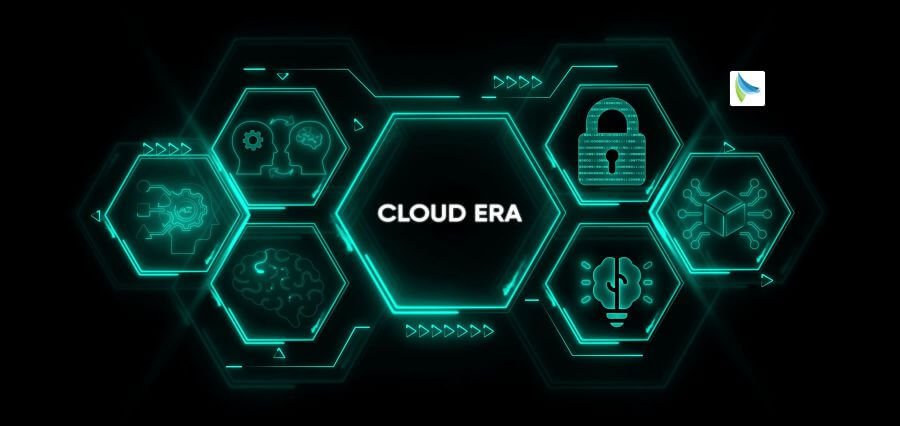With technological change at a pace that is unprecedented, companies cannot afford to fall behind anymore. To succeed in the rapidly changing world takes more than technical prowess—it takes vision, flexibility, and a sense of future direction. At the forefront of all this stands the digital innovation leader, a role now critical to driving meaningful change and remaining ahead of the game in today’s global economy.
Whether you’re charting a path through a startup or a large company, the road to innovation is fraught with promise and pitfalls. So, just what do all digital innovation leaders need to know about next-generation technologies to drive a real impact?
The Role of Strategic Alignment
Not all technologies are worth pursuing regardless of how brilliant they appear superficially. The first and most important skill a digital innovation leader must learn is that of strategically matching new technologies with the long-term strategic objectives of the firm. That involves asking hard questions: Will this innovation enhance customer experience? Can it enhance operations or generate new revenues? Does it align with our purpose?
For example, deploying AI onto battlefields is not just automating for the sake of automating. In a suitable setting, it might activate predictive capabilities that revolutionize how customers are handled or enable superior resource allocation. Likewise, embracing blockchain may be better applied to dismantling supply chain obscurity or corruption than monitoring the recent cryptocurrency craze.
Seeing the real-world worth and uses of such technologies rather than being a victim to hype—is what constitutes leaders, not followers.
Continuous Learning is Vital
The developing technology ecosystem continues to evolve. It is not the role of a digital innovation leader to take things easy or focus on past achievements alone. They should infuse continuous learning in their genes. It does not just mean staying updated on industry trends or monitoring tech news feeds; it also includes serious engagement in innovative communities, academia, and other fields.
Take quantum computing. Though its mass mainstream adoption is still years away, those visionary leaders who begin investigating its possibilities today understanding the ways it can recast cybersecurity or logistics are the ones who will define its uses in the years to come.
Similarly, leaders must value the potential of 5G, augmented reality, digital twins, and edge computing—not individually as standalone technologies but as enablers that, when considered aggregate, have the power to disrupt entire sectors.
Embracing Risk and Creating Safe Spaces to Experiment
Innovation is not a solitary activity. It needs space where people can experiment and experiment without a sense of fear of getting things wrong. A forward-thinking digital innovation leader does this type of culture by encouraging calculated risk-taking and celebrating success and learnings.
Instead of punishing failure, they see it as a steppingstone to breakthroughs in creativity. They promote cross-functional collaboration, de-siloing, and giving teams the power to try new things in pilot programs or sandbox environments. These pilot programs don’t always yield results right away, but they create the organization’s capacity to innovate sustainably.
This shift in mindset from perfection to progress is crucial to organizations attempting to reinvent with new technology.
Human-Centric Technology Implementation
Another fundamental space in which a digital innovation leader must become proficient is the people side of technology. As much as one may be drawn to being enamored with algorithms, automation, and virtual reality, the greatest innovations are ones that really solve real problems for real people.
To cite one, IoT- and AI-based wearable health devices are revolutionizing patient care, but only because they react to a primal human demand for more efficient, improved health tracking. Likewise, virtual reality in training spaces succeeds not because it’s novel, but because it makes learning more engaging and intuitive.
Those leaders who put people at the forefront of each technology decision will build trust, fuel adoption, and develop solutions that endure.
Balancing Ethics and Innovation
Great technological power carries great responsibility. As technologies such as AI, facial recognition, and predictive analytics seep into every corner of life, digital innovation leaders are being asked to look beyond profitability and convenience. They must also consider ethics, privacy, bias, and accountability.
It’s not so much what technology can do, it’s what it ought to do. A moral leader implements precautions, ensures transparency, and advocates for digital ethics with stakeholders. This way, they not only contain risk but also enhance their firm’s reputation and immunity from criticism.
The Power of Storytelling and Influence
Lastly, it is not sufficient to know about technology leaders must also be able to enlist others to follow. That is where the art of storytelling comes in. A digital innovation leader must be able to bring a compelling vision of the future so that employees, executives, and investors can envision possibilities on the horizon.
Whether it is promoting a new AI-based product or an initiative to go digital, the power to engage emotionally and intellectually with stakeholders is the difference between a risk-averse organization and one that is self-assured.
Final Thoughts
A digital innovation leader’s job is as daunting as it is fulfilling. Amidst a world that has changed as the only constant, these leaders need to be visionaries, strategists, technologists, and humanists combined.
They are the bridge between complexity and simplicity, making certain that new technologies aren’t merely adopted, but comprehended, aligned, and utilized to create profound results.
For those who approach this mandate in full strength, the benefits are limitless beyond the achievement of business, towards a world that serves all.
Read More: Financial Empowerment for Women in the Modern Economy
















